Tag: ventilation
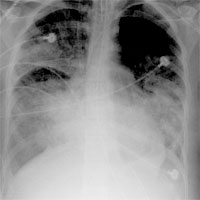
Effect of Titrating PEEP with Esophageal Pressure-Guided Strategy vs Empirical High PEEP-Fio2 Strategy on Death and Days Free From Mechanical Ventilation Among Patients With ARDS
Among patients with moderate to severe Acute Respiratory Distress Syndrome (ARDS), PES-guided positive end-expiratory pressure (PEEP), compared with empirical high PEEP-Fio2, resulted in no significant difference in death... read more

Effect of a Resuscitation Strategy Targeting Peripheral Perfusion Status vs Serum Lactate Levels on 28-Day Mortality Among Patients With Septic Shock
Among patients with septic shock, a resuscitation strategy targeting normalization of capillary refill time, compared with a strategy targeting serum lactate levels, did not reduce all-cause 28-day mortality. Among 424 patients... read more

Bag-Mask Ventilation during Tracheal Intubation of Critically Ill Adults
Among critically ill adults undergoing tracheal intubation, patients receiving bag-mask ventilation had higher oxygen saturations and a lower incidence of severe hypoxemia than those receiving no ventilation. Among the 401... read more

Implementing Early Mobilization in the ICU
The use of a quality improvement appraisal tool can help identify high quality projects when planning a similar mobility program. Even though projects were conducted in a variety of intensive care unit settings, and implementation... read more

The PreVent Trial, Assessing the Role of Bag-mask Ventilation During Tracheal Intubation in Critically Ill Adults
In this "Breathe Easy Critical Perspective" podcast, Dr. Dominique Pepper interviews Dr. Matthew Semler. They discuss the PreVent trial, a recent publication in the 2019 issue of the NEJM that assessed the role of bag-mask... read more
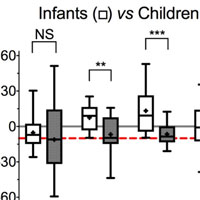
Muscle Atrophy in Mechanically-ventilated Critically Ill Children
In children receiving invasive mechanical ventilation, diaphragm and other skeletal muscle atrophy is common and rapid. Increasing age and TBI may increase severity of limb muscle atrophy. Prospective studies are required... read more
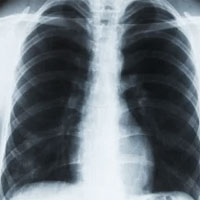
ICU Utilization for Patients With Acute Exacerbation of COPD Receiving Noninvasive Ventilation
There is wide variability in the rate of ICU utilization for noninvasive ventilation across hospitals. Chronic obstructive pulmonary disease (COPD) patients receiving noninvasive ventilation had similar in-hospital mortality... read more
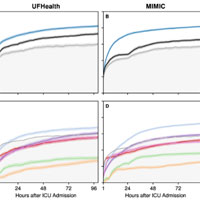
DeepSOFA: A Continuous Acuity Score for Critically Ill Patients using Clinically Interpretable Deep Learning
Traditional methods for assessing illness severity and predicting in-hospital mortality among critically ill patients require time-consuming, error-prone calculations using static variable thresholds. These methods do not... read more
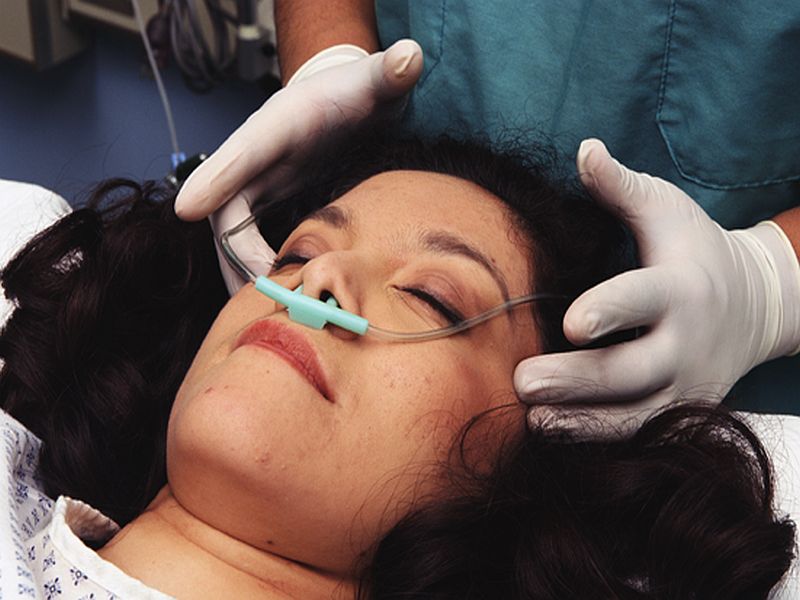
Effect of high-flow nasal cannula oxygen therapy in adults with acute hypoxemic respiratory failure
Conflicting recommendations exist on whether high-flow nasal cannula (HFNC) oxygen therapy should be administered to adult patients in critical care with acute hypoxemic respiratory failure. We performed a meta-analysis of... read more

One of the Deadliest Hospital-Acquired Infections Is Preventable
Johns Hopkins Study Shows One of the Deadliest Hospital-Acquired Infections Is Preventable. For some hospital patients, going on a ventilator is often the difference between life and death. About 800,000 hospital patients... read more

High-frequency Oscillatory Ventilation: Still a Role?
In light of emerging data from clinical trials, the place of high-frequency oscillatory ventilation (HFOV) in the management of acute respiratory distress syndrome (ARDS) is uncertain. Although not first-line, HFOV remains... read more

Relationship Between Level of CPR Training, Self-reported Skills, and Actual Manikin Test Performance
As expected, higher levels of BLS training correlated with better cardiopulmonary resuscitation (CPR) quality. However, this study showed that ventilations and hands-on time were the components of CPR that were most affected... read more
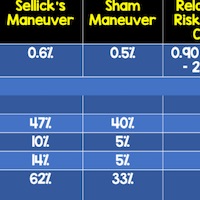
Cricoid Pressure in Airway Management: The IRIS Trial
This large randomized clinical trial performed in patients undergoing anesthesia with RSI failed to demonstrate the non-inferiority of the sham procedure in preventing pulmonary aspiration. Further studies are required in... read more
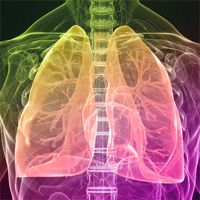
The Benefit of Lung-Protective Ventilation in the ED
Intubation and mechanical ventilation are commonly performed ED interventions and although patients optimally go to an ICU level of care afterwards, many of them remain in the ED for prolonged periods of time. It is widely... read more








